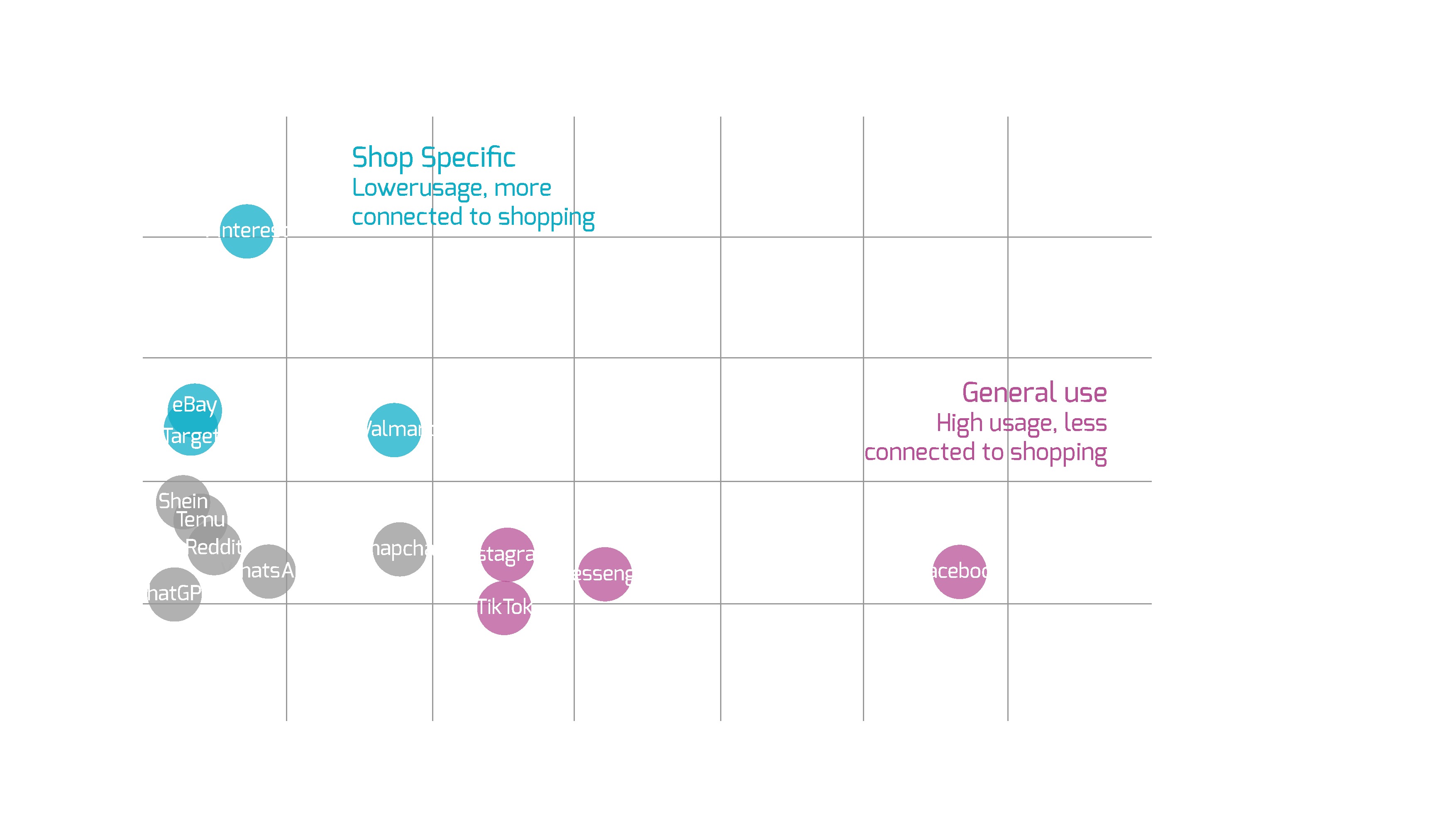There are early signals, but no step-change. When looking at US consumers, we see modest signs that ChatGPT users behave like more deliberate shoppers (slightly higher Amazon conversion and a small uptick in product browsing), yet we don’t find strong evidence that ChatGPT is directly driving Prime Day traffic in the moment.
Did you shop Amazon Prime Big Deal Days last week (October 8-9)? If so, you're far from alone. According to our in-app data of over 40,000 US consumers a month, the Amazon Shopping app saw 21% more visitors during the event, 44% more searches, 33% more buyers, and 43% more purchases compared to the same period a week prior.
These spikes are typical for Amazon's Prime events. But we wanted to know whether anything has changed about how people discover, browse, and shop for products since last year. One of the biggest shifts in e-commerce over the past year has been the incorporation of AI – brands are using it for personalization, targeting, and logistics; consumers now have the ability to ask AI-driven engines for direct answers and recommendations rather than using traditional search and browsing. Just this week, Walmart announced a partnership with OpenAI aimed at helping customers purchase using ChatGPT. So, we asked: is this shift visible in how consumers shopped during Prime Big Deal Days?
The share of Amazon users also using ChatGPT during Prime Big Deal Days grew 5x since last year – from 1.8% to 9.1%. That’s a big jump in overall adoption, but when you zoom in on the immediate shopping journey, the connection weakens: just 1.5% of shoppers used ChatGPT in the five minutes before visiting Amazon, virtually flat compared to a random baseline. So while more Amazon shoppers are using AI generally, they’re not necessarily consulting it right before checking out Prime deals.

Compare this to some other platforms that are more tightly linked to shopping journeys: Pinterest users are about 4× more likely to open it before heading to Amazon compared to a random time, while eBay sees a 2.6x pre-Amazon lift and Target 2.4x. And traditional search is still the main predecessor, with over half of users visiting Google just before Amazon.
That’s the reality check: Discovery remains anchored in traditional search, visual inspiration, and retailer comparison shopping. ChatGPT isn’t a habitual “jump-off” point yet.

Here’s where things get interesting. When ChatGPT appears in the 30 minutes before an Amazon visit, they convert at 9.4%, compared to a 7.1% overall average — a modest but notable lift. Social/entertainment predecessors (TikTok, YouTube, Instagram) cluster around 5–7%. This suggests ChatGPT users who do head to Amazon may be more deliberate, not just browsing, and that they are doing a bit more homework before buying, perhaps checking specs, reviews, or price comparisons. It’s a subtle signal of intent, not a revolution.
Plus: the share of ChatGPT users shown product images on the platform doubled from 0.8% two weeks before Prime Big Deal Days to 1.7% during the event. It’s a small percentage, but directionally consistent with more “shop-ready” behavior.

It’s tempting to look for a revolution, but right now the story is evolution. AI chatbots are making inroads into consumer behavior, but our data shows their role in actual purchase journeys – while growing – is still small. That’s why it’s essential to measure how these tools fit into the purchase funnel as they evolve rather than making assumptions.
Key takeaways:
Prime events still run on Prime mechanics. ChatGPT use is way up overall, but it isn’t yet a major “in-the-moment” driver of Amazon traffic. That said, when ChatGPT does appear in the path, those Amazon sessions convert a bit better — a small signal of more deliberate shopping worth watching.
Data captured during Prime Big Deal Days 8–9 Oct 2025 using MFour US panel.